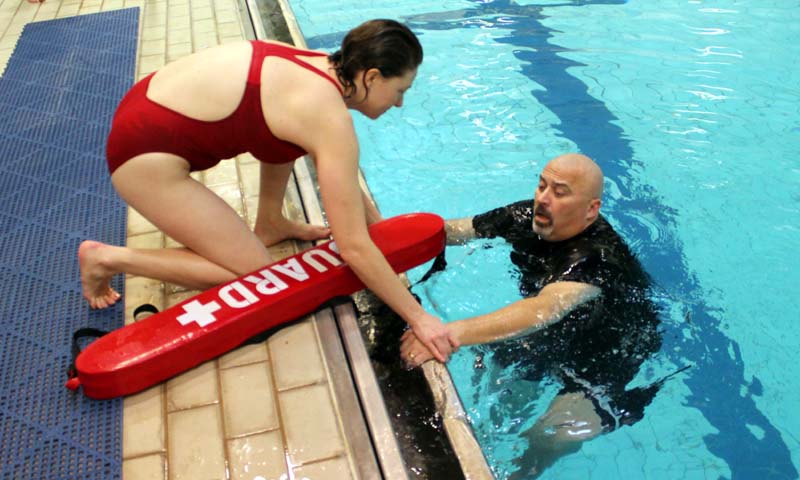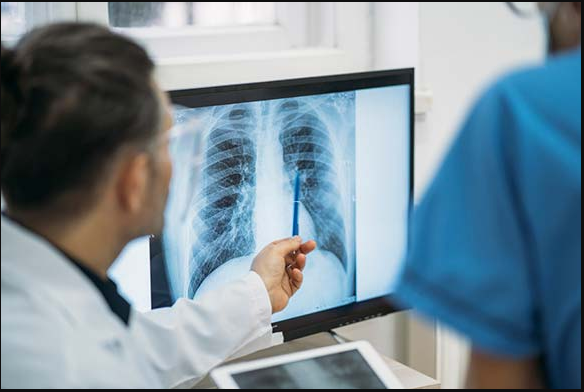Introduction to Lifeguard Training
Lifeguard training equips individuals with vital skills necessary for ensuring the safety of swimmers and beachgoers. This comprehensive training program goes beyond just swimming proficiency, encompassing a range of essential abilities required to respond effectively to emergencies and prevent accidents in aquatic environments.
Importance of Lifeguard Skills
The role of a lifeguard is crucial in maintaining safety at beaches, pools, and other aquatic facilities. Lifeguards are responsible for monitoring swimmers, identifying potential hazards, and taking prompt action in emergency situations. Therefore, possessing the necessary skills is paramount to performing this role effectively.
Swimming Proficiency
Basic Swimming Skills
One of the fundamental aspects of lifeguard training is developing strong swimming abilities. Trainees are taught basic strokes, such as freestyle and breaststroke, to navigate through the water efficiently. Additionally, they learn techniques for treading water and maintaining buoyancy, which are essential for prolonged surveillance.
Advanced Rescue Techniques
In addition to basic swimming proficiency, lifeguard training includes instruction on advanced rescue techniques. Trainees learn how to approach distressed swimmers safely, execute various rescue maneuvers, and use rescue equipment effectively. These skills are crucial for swift and successful water rescues.
First Aid and CPR
Basic First Aid Knowledge
Lifeguards are trained to administer first aid in various emergency situations. They learn how to assess injuries, control bleeding, and stabilize victims until further medical assistance arrives. Additionally, they receive training on treating common aquatic injuries, such as cuts, bruises, and hypothermia.
CPR Techniques
Cardiopulmonary resuscitation (CPR) is a life-saving skill taught in lifeguard training programs. Trainees are instructed on the proper techniques for performing chest compressions and rescue breathing on individuals experiencing cardiac arrest. Mastery of CPR can significantly increase the chances of survival for drowning victims.
Vigilance and Surveillance
Scanning Techniques
A critical aspect of lifeguarding is maintaining constant vigilance over the water. Lifeguards are trained to scan their assigned area systematically, ensuring that no swimmer goes unnoticed. They learn effective scanning techniques, such as the “10/20 rule,” which dictates that lifeguards should scan their zone every 10 seconds and be able to reach a distressed swimmer within 20 seconds.
Recognizing Distress Signals
Lifeguards must be able to recognize the signs of distress exhibited by swimmers. Through training, they learn to identify behaviors indicating fatigue, panic, or potential drowning. Prompt recognition of distress signals allows lifeguards to intervene quickly and prevent accidents from escalating.
Communication Skills
Clear Directives
Effective communication is essential for conveying instructions and coordinating rescue efforts. Lifeguards are trained to communicate clearly and assertively, issuing directives to swimmers and bystanders in emergency situations. Clear communication helps minimize confusion and ensures a coordinated response to incidents.
Interpersonal Skills
Lifeguards interact with a diverse range of individuals, including swimmers, beach patrons, and fellow lifeguards. Therefore, developing strong interpersonal skills is emphasized during training. Lifeguards learn to remain calm and composed while providing assistance, fostering a sense of trust and confidence among those they serve.
Physical Fitness
Endurance Training
Lifeguarding requires a high level of physical fitness to withstand the demands of the job. Trainees undergo rigorous endurance training, including swimming drills, running exercises, and simulated rescue scenarios. Building endurance enables lifeguards to perform effectively during long hours of surveillance and emergency response.
Strength and Agility Exercises
In addition to endurance, lifeguards must possess strength and agility to execute rescues efficiently. Training programs incorporate strength-building exercises, such as weightlifting and resistance training, to enhance muscle power. Agility drills, such as obstacle courses and sprint intervals, improve reflexes and coordination, enabling lifeguards to navigate challenging environments with ease.
Finalization
Lifeguard training imparts a diverse range of skills essential for ensuring the safety of individuals in aquatic environments. From swimming proficiency and first aid knowledge to vigilance and communication skills, lifeguards are equipped to respond effectively to emergencies and prevent accidents. By mastering these essential skills, lifeguards play a vital role in promoting water safety and saving lives.
How long does lifeguard training typically take?
Lifeguard training programs vary in duration but often span several weeks to cover all necessary skills and certifications.
Is lifeguard training only for professional lifeguards?
While lifeguard training is essential for professional lifeguards, it is also beneficial for individuals who frequent aquatic environments and want to enhance their water safety knowledge.
Do lifeguards need to renew their certifications periodically?
Yes, lifeguards are required to renew their certifications, including CPR and first aid, on a regular basis to ensure they maintain proficiency in essential skills.
What should I expect during lifeguard training?
Lifeguard training typically includes a combination of classroom instruction, hands-on skill practice, and scenario-based simulations to prepare trainees for real-world situations.
Can anyone become a lifeguard, or are there specific requirements?
While anyone can undergo lifeguard training, certain prerequisites, such as swimming proficiency and physical fitness, may be necessary to successfully complete the program and obtain certification





